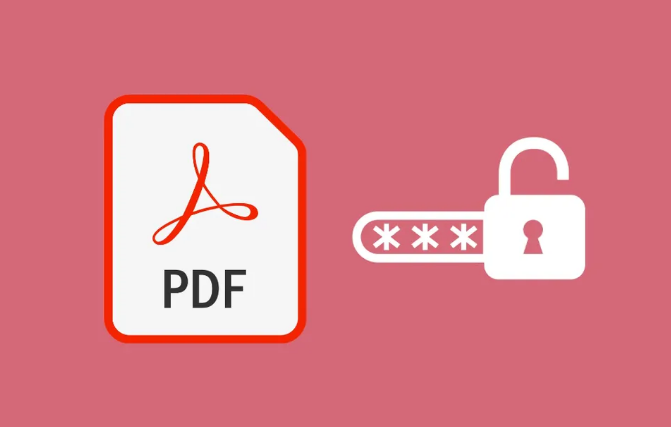Protecting PDF files with a password is an essential practice to ensure the security and privacy of important documents. With the growing need to share sensitive information online, it is critical to know how to properly protect PDF files. In this comprehensive guide, we'll explore step-by-step how to add passwords to your PDF files, as well as provide tips and best practices for keeping your documents secure.
How to Password Protect PDF Files
Step 1: Choose a reliable tool
To password protect your PDF files, it is important to choose a reliable and secure tool. There are several options available on the market, such as Adobe Acrobat, PDFelement and SmallPDF. These tools offer advanced PDF protection features, including adding opening passwords and editing permissions.
Step 2: Open the PDF file
After choosing the appropriate tool, open the PDF file you want to password protect. You can usually do this by selecting the “Open” option in the tool's menu and navigating to the location where the file is stored.
Step 3: Add an opening password
Now that the PDF file is open in the tool, it's time to add an opening password. Users will be asked for this password whenever they try to access the document. To add the password, follow the following steps:
- In the tool menu, look for the “Protect” or “Security” option.
- Select the “Add Password” or “Encrypt” option.
- Enter a strong and secure password in the fields provided.
- Save your changes and close the PDF file.
Step 4: Set additional permissions (optional)
In addition to the opening password, you can also set additional permissions to restrict access and editing of the PDF file. These permissions may include restrictions on printing, copying text, and editing the document. To set additional permissions, follow these steps:
- In the protection or security menu, look for the option “Set Permissions” or “Configure Restrictions”.
- Select the permissions you want to apply to the PDF file.
- Save your changes and close the PDF file.
Tips for Password Protecting PDF Files
Here are some additional tips for properly password-protecting your PDF files:
- Use strong passwords: Be sure to use long passwords, with combinations of upper and lower case letters, numbers and special characters. Avoid using obvious personal information that can be easily guessed.
- Keep your passwords safe: Never share your passwords with unauthorized people and avoid writing them down in visible places. Consider using reliable password managers to store and generate complex passwords.
- Update regularly: If you share password-protected PDF files regularly, it is good practice to change passwords periodically to ensure ongoing security.
- Share passwords securely: When sharing password-protected PDF files, be sure to provide passwords securely. You can send the password over encrypted channels or personally provide the password to trusted people.

Password protecting PDF files is an effective way to keep your confidential information safe. In this comprehensive guide, we explain how to add passwords to your PDF files and provide tips and answers to frequently asked questions. Always remember to use strong passwords and update them regularly. By adopting these security practices, you can have peace of mind when sharing and storing important documents in PDF format.

